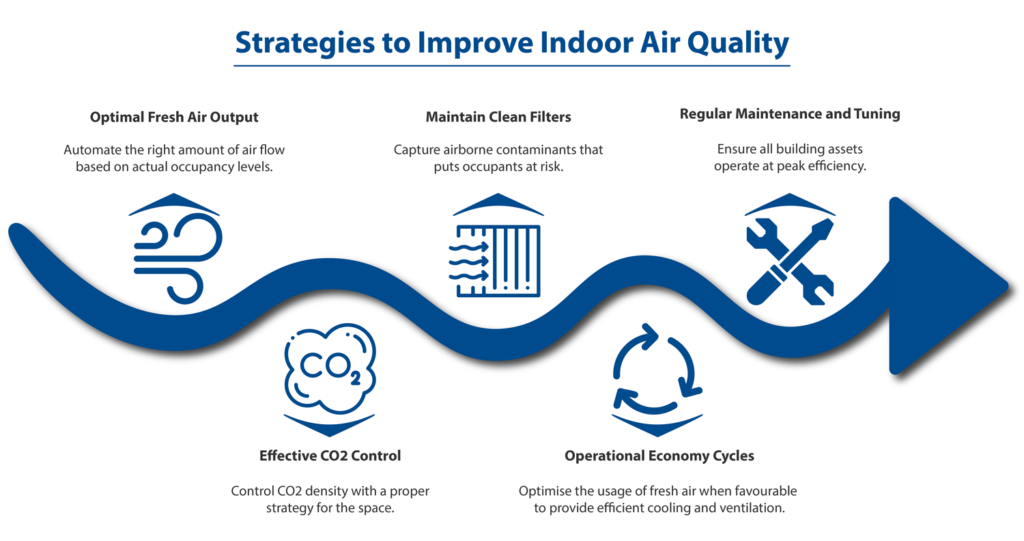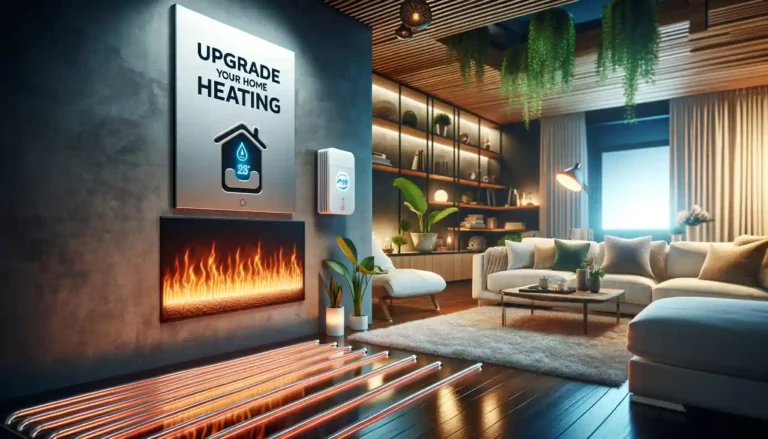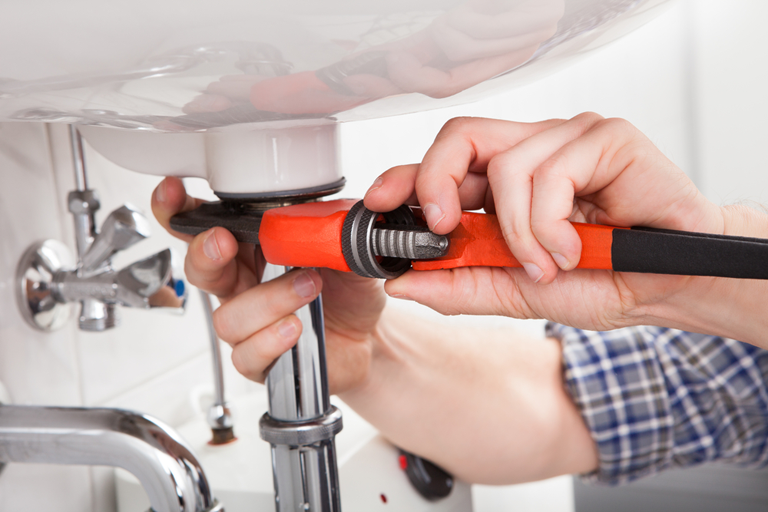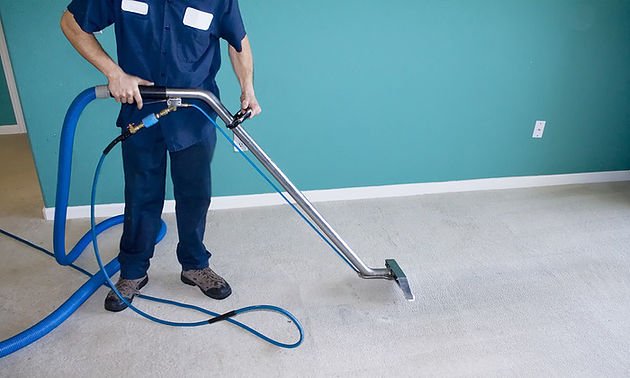Breathe Easy: Steps to Enhance Air Quality in Your Building
The quality of the air we breathe has a significant impact on our health and well-being. In an age where we spend the majority of our time indoors, it’s crucial to ensure that the air within our buildings is clean and healthy. Poor indoor air quality can lead to various health issues, including respiratory problems, allergies, and even more severe conditions.
However, by taking simple and effective steps, you can enhance the air quality in your building, creating a healthier and more comfortable environment for everyone. In this blog post, we’ll explore essential steps to help you “breathe easy.”
1. Regular Ventilation
Proper ventilation is the foundation of good indoor air quality. Opening windows and using exhaust fans helps in bringing fresh outdoor air into your building while expelling indoor pollutants. Adequate ventilation is especially important in areas with poor air circulation. Make it a habit to open windows and doors whenever weather conditions permit.
2. Use Air Purifiers
Air purifiers equipped with high-efficiency particulate air (HEPA) filters can significantly reduce airborne particles such as dust, pollen, and pet dander. These devices are a valuable addition to your building’s air quality toolkit, particularly in rooms with limited ventilation or high levels of indoor pollutants.
3. Keep It Clean
Regular cleaning is essential for maintaining good air quality. Dust, pet hair, and other allergens accumulate over time and can exacerbate allergies and respiratory issues. Make a cleaning schedule to ensure that surfaces are regularly dusted, vacuumed, and mopped. Don’t forget to clean or replace HVAC system filters according to manufacturer recommendations.
4. Monitor Humidity
Maintaining the right level of humidity in your building is critical. Too much moisture can encourage mold growth, while excessively dry air can lead to respiratory discomfort. Aim for an indoor humidity level between 30% and 50%. You can use a hygrometer to monitor and adjust humidity as needed.
5. Eliminate Smoking
Implement a strict no-smoking policy inside your building. Secondhand smoke is a well-known indoor air pollutant and a major health hazard. Encourage smokers to do so outdoors, far away from building entrances and windows, to prevent the infiltration of smoke into your building.
6. Reduce Chemicals
Many common household and office products, such as paints, cleaning solutions, and furnishings, emit volatile organic compounds (VOCs) that can degrade indoor air quality. When possible, opt for low-VOC or VOC-free products. Look for environmentally friendly cleaning products and consider replacing older furniture with items made from natural materials.
7. Properly Ventilate Cooking Areas
Cooking releases airborne particles and fumes that can impact indoor air quality. Use exhaust fans while cooking to expel cooking fumes. Additionally, consider installing a range hood with a vent that directs these fumes to the outside, preventing them from circulating indoors.
8. Regular HVAC Maintenance
Maintaining good air quality in your home or building is crucial, and your HVAC system plays a vital role in this. To keep it working well and prevent health risks, regular maintenance is key. This means changing filters as recommended and cleaning air ducts to prevent debris buildup. It’s also essential to have a professional, like an AC repair specialist in Salt Lake City, inspect and fix any issues. These steps lead to better air quality and an HVAC system that works efficiently all year round.
9. Indoor Plants
Indoor plants not only bring a touch of nature to your building but also serve as natural air purifiers. Certain plants, like snake plants, spider plants, and peace lilies, can help remove indoor air pollutants and enhance air quality. Be sure to choose plants that are suitable for your indoor conditions and provide them with the care they need to thrive.
10. Avoid Synthetic Fragrances
Synthetic fragrances, often found in air fresheners, candles, and scented cleaning products, can introduce harmful chemicals into your indoor air. Opt for fragrance-free or naturally scented products to reduce exposure to these chemicals. Essential oil diffusers can be a safer and more natural way to add pleasant scents to your space.
Conclusion
Improving the air quality in your building is a simple yet effective way to enhance the overall well-being of its occupants. By following these steps, you can create a cleaner, healthier, and more comfortable indoor environment. Remember that small changes can make a big difference.
Whether you’re in a residential or commercial building, taking action to breathe easy is an investment in your health and the quality of life for everyone in your space. So, why wait? Start implementing these steps today and enjoy the benefits of fresher, cleaner air.

Shahid Maqsood, an MBA and Master in Mass Communications, is a seasoned writer with over a decade of experience. Specializing in news and celebrity coverage, he brings a unique perspective from his love for hunting and camping. His work spans multiple platforms like dosttrusty.com and newsbreak.com,Quellpress.com , airriflehunting, and bruitly.com showcasing his versatility and depth. Shahid’s insightful articles reflect his expertise, authoritativeness, and trustworthiness, making him a respected and reliable voice in digital content creation. His contributions engage and inform readers, embodying professionalism and passion in every piece.







